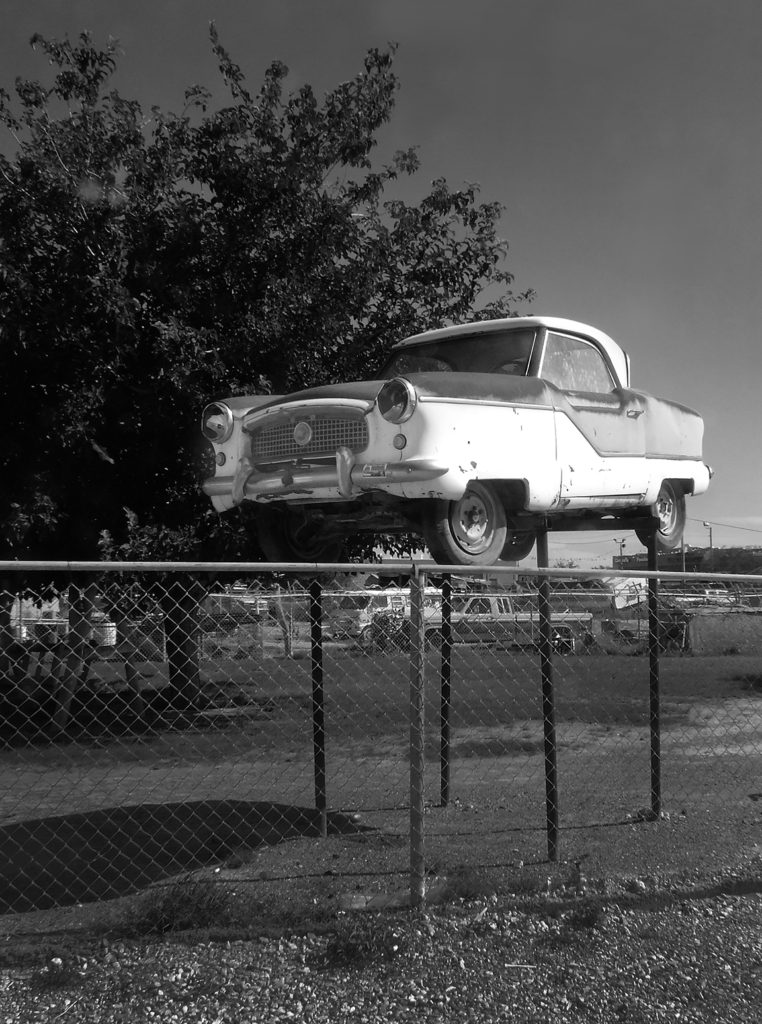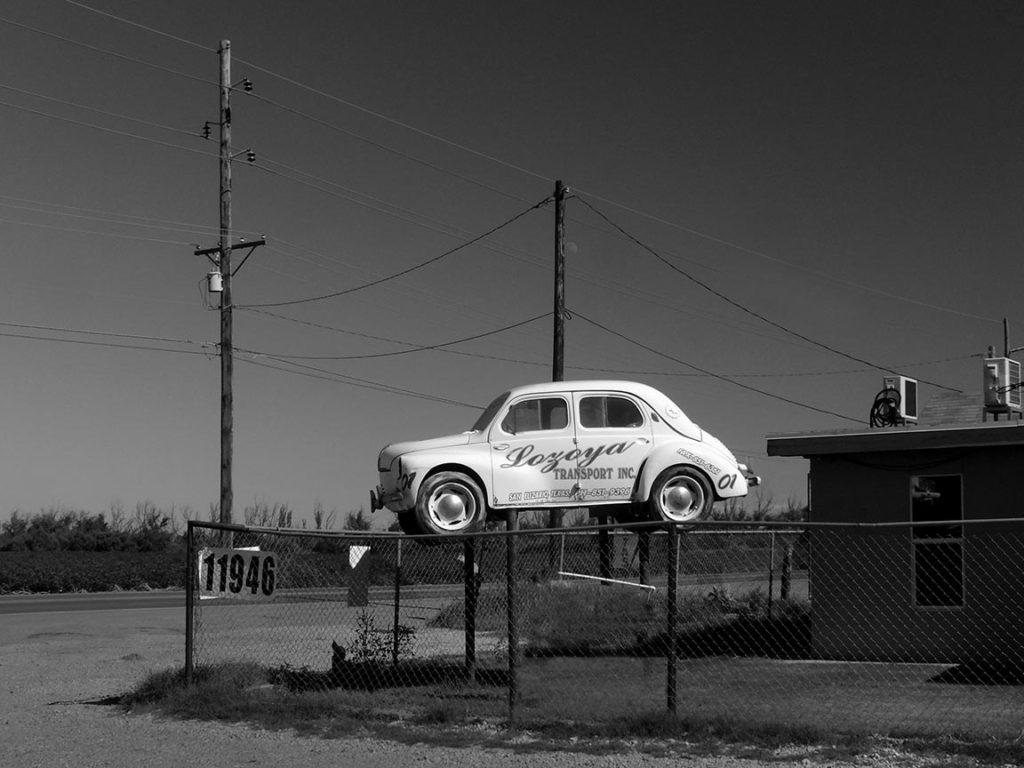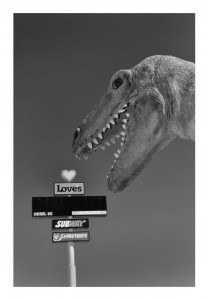Metropolitan in East El Paso, Texas, 2016
Photograph by ©Bruce Berman
1955 Nash* Metropolitan.
Ahead of its time
Austin Motor Company engine.
Body by Pininfarina.
The MSRP for Series III models (in 1955) was $1,527 (Hardtop).
Ahead of its time.
*Nash became Nash-Hudson which became American Motor Company (Ramblers) which became AMC, which was acquired by Renault which sold it to Chrysler which became extinct in 1987.










